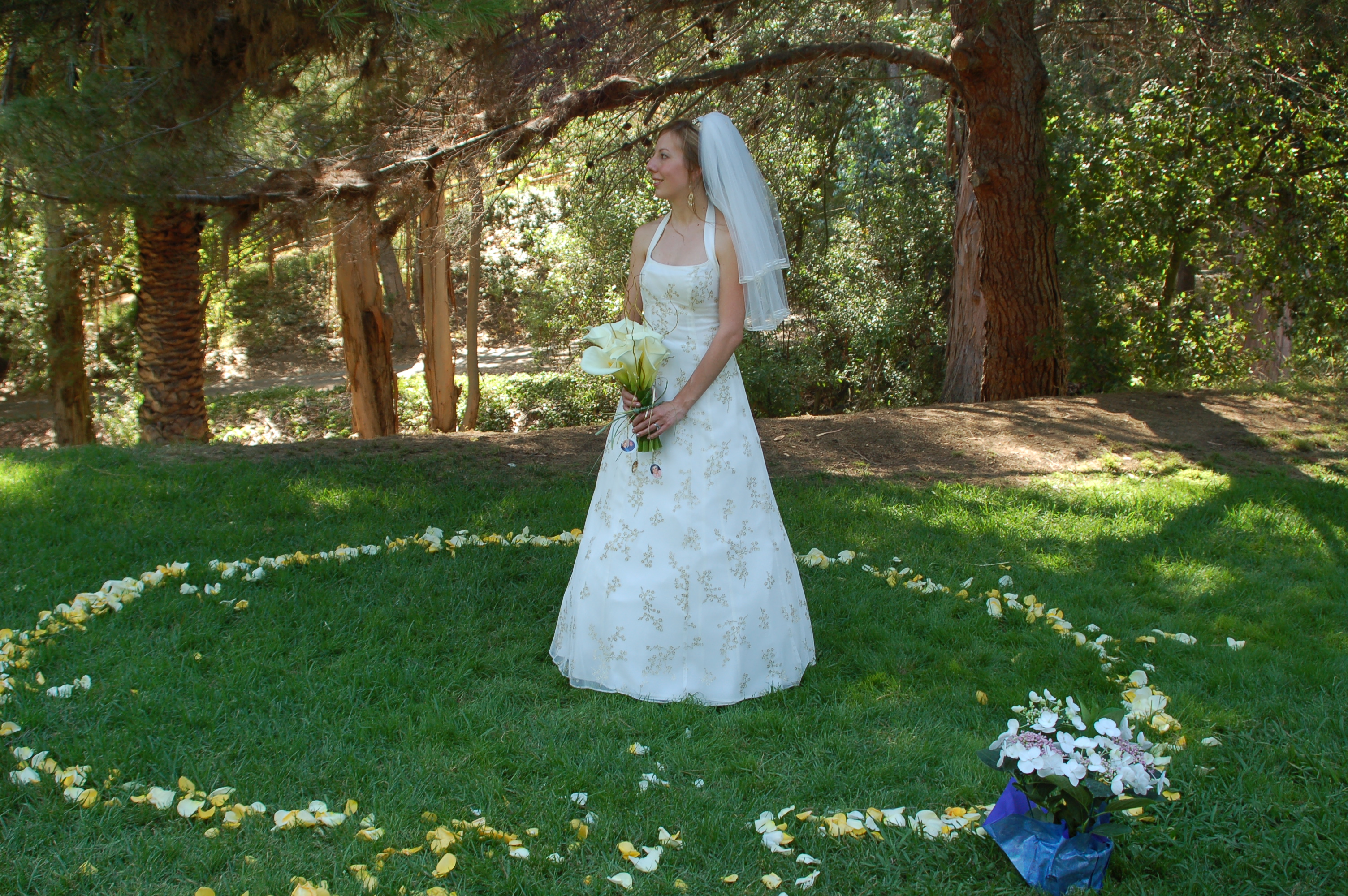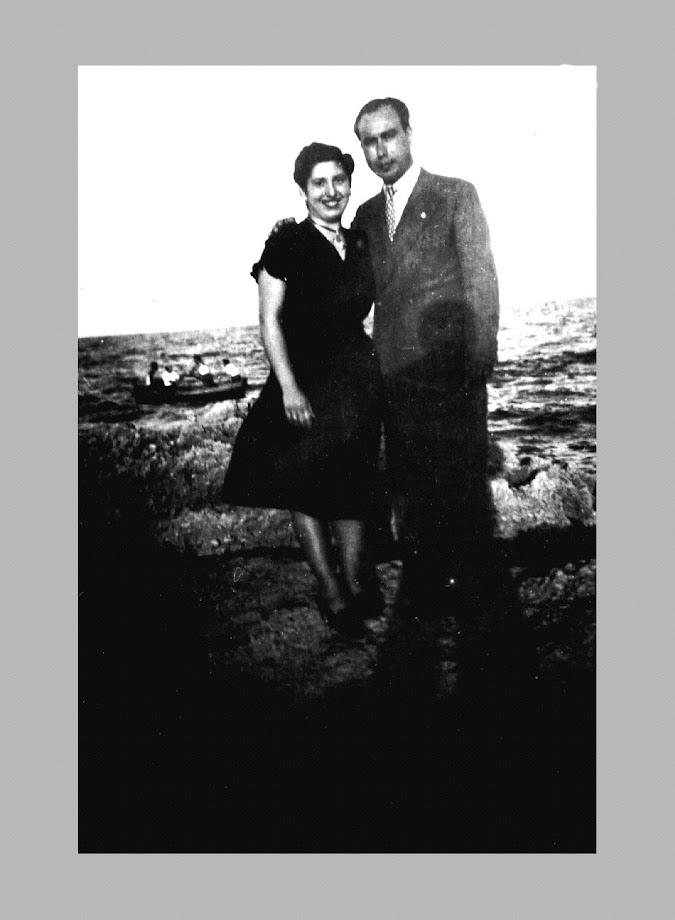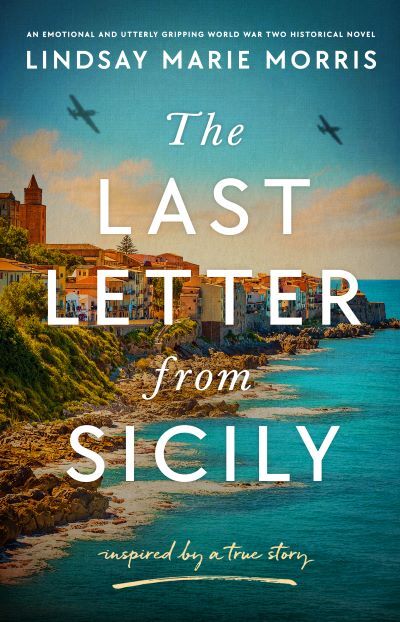
Today would be the 105th birthday of my Sicilian nonna, Concetta Agnello. Her story of being separated from her boyfriend, Gaetano, between 1938 and 1946 inspired The Last Letter from Sicily.
Nonna was 18 when she moved to Milwaukee from Porticello, Sicily, with her family. She enjoyed crocheting, cooking, playing cards, and singing along with her opera records. She was gifted in mathematics and had considered becoming a bookkeeper. However, such a role was hard for immigrants to come by, especially in the late 1930s and early 1940s.
She got a job at Milwaukee's Junior House garment factory. Conditions must have been rough, with poor ventilation and temperature control, but Nonna never complained about her experience.
Instead, she made the best of things, enduring separation from the man she loved while navigating a new world marked by prejudice and uncertainty. Those years apart were even more challenging when Italy declared war on the U.S.
But somehow, the couple made it through to the other side. They reunited and married in Porticello.
Together, they sailed to the United States in 1947 aboard an ocean liner called the Marine Shark and settled in Milwaukee, where they had four children and 11 grandchildren, including myself.

Concetta and Gaetano Agnello on their wedding day
I was fortunate to have Nonna in my life throughout my childhood and into my late twenties. When I was three years old, she taught me the lyrics to "Maria, Marì," which we sang along with her beloved Luciano Pavarotti.
We'd visit every weekend, with her often serving my favorite broccoli pasta (ditalini rigati con broccoletti) or pulling out a tin of sesame seed cookies (biscotti regina). She'd call the local radio station during its Italian hour in time for the announcer to read our names along with her song request on air. After supper, which she'd cook for us and her two dogs, we'd sit in the living room and play Scopa.
Nonna remained an important part of my life when I went to college. Having her on the other end of the phone was a comfort, as were our continued, albeit less frequent, weekend visits. She prayed a novena when I told her I was moving to New York for a magazine job.
For years, I delighted in hearing her heavily accented voice in our long-distance calls. Once Nonna met my then-boyfriend, Matt, she closed those chats with, "Give a big-a big-a kiss to Matteo!"
The last time I spoke with Nonna, I shared that Matt and I planned to marry. Her voice was weak, her breath labored, but joy radiated through the line.
She passed away within days of that phone call, but she was there with me on my wedding day the following year. I printed and laminated three photos, one for each set of grandparents and my Great-Aunt Josephine, and attached them to my bouquet.
Three photographs dangled from my bridal bouquet, including one of my nonni.
While Concetta of The Last Letter from Sicily is fictional, I wove in elements of my grandmother's strength, intelligence, and resilience. As Nonna was for my family, Concetta is the story's heart. I'll never forget this sweet, funny, and generous woman and celebrate her today. Salute, Nonna!
Concetta and Gaetano in Taormina for their honeymoon
If you enjoyed this article, consider subscribing to my newsletter for more content and updates!



